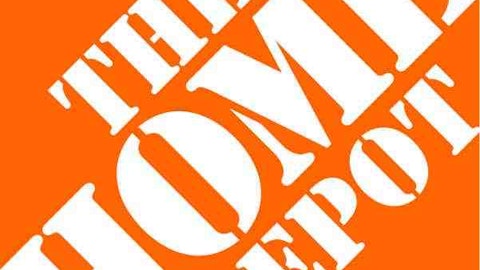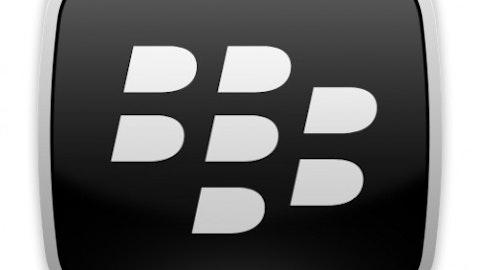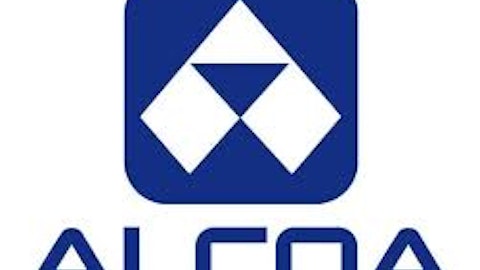Back over in the United States, that level of exposure to the Eurasian continent (especially the emerging markets) may be piquing the interest ofHome Depot and Lowe’s (as well as private equity firms). Off and on for nearly 15 years, Kingfisher has been the rumored acquisition target of the world largest home improvement retailer, Home Depot (if not Lowe’s). Most recently, somewhat vague rumors in late 2011 suggested Home Depot and Lowe’s both making separate bids at Kingfisher’s entire European and Asian businesses.
The Possible Acquirers
The acquisition of Kingfisher would make sense for either of the US heavyweights.
Although Home Depot has a fair amount of stores internationally, it has a very small presence outside of North America — which became even smaller last year, when Home Depot essentially ended its failed six-year Chinese expansion experiment. While Lowe’s technically has international operations, only a minuscule 1.87% of its 1,754 stores are located internationally (31 in Canada, two in Mexico). An acquisition by Home Depot would give it significant international exposure away from North America. An acquisition by Lowe’s would give that company actual international exposure it could certainly use.
Both companies could also easily handle the acquisition financially. Although Kingfisher is the world’s third largest home improvement retailer, its £6.6 billion ($10.3 billion) market capitalization is easily dwarfed by the $44 billion market cap of Lowe’s, and especially by Home Depot’s nearly $100 billion market cap.
Despite its potential to be easily acquired by its larger American peers, Kingfisher is not priced like a possible acquisition target. It’s actually fairly cheap, trading at just 11.2 times trailing earnings and with a price to earnings growth (PEG) ratio of just 0.5. This compares favorably to Home Depot’s 23.92 P/E and PEG of 1.36, as well as Lowe’s 19.13 P/E and its 1.41 PEG. Not only is Kingfisher being priced at a discount based on its past earnings, but the market is not giving Kingfisher credit for its superior growth potential.
The Bottom Line
That superior growth potential, regional diversification, and exposure to emerging markets in Asian and Eastern Europe that has made Kingfisher the potential acquisition target of its US peers. I would never buy shares of a company solely because I think another company might acquire it. But with its solid business operations, expansion into the Asian and Eastern European emerging markets, and a well-covered 3.5% dividend yield, Kingfisher is a good company to have on its own merits. And if nothing else, the potential for Kingfisher to be acquired can be thought of as just a nice added bonus.
The article Analyzing an Acquisition Target: Kingfisher originally appeared on Fool.com and is written by Matthew Luke.
Copyright © 1995 – 2013 The Motley Fool, LLC. All rights reserved. The Motley Fool has a disclosure policy.




